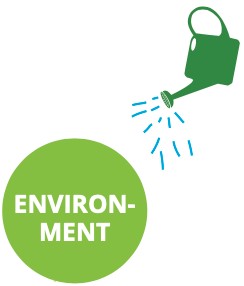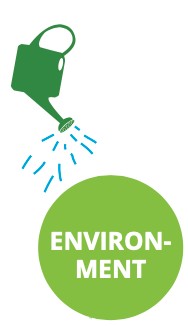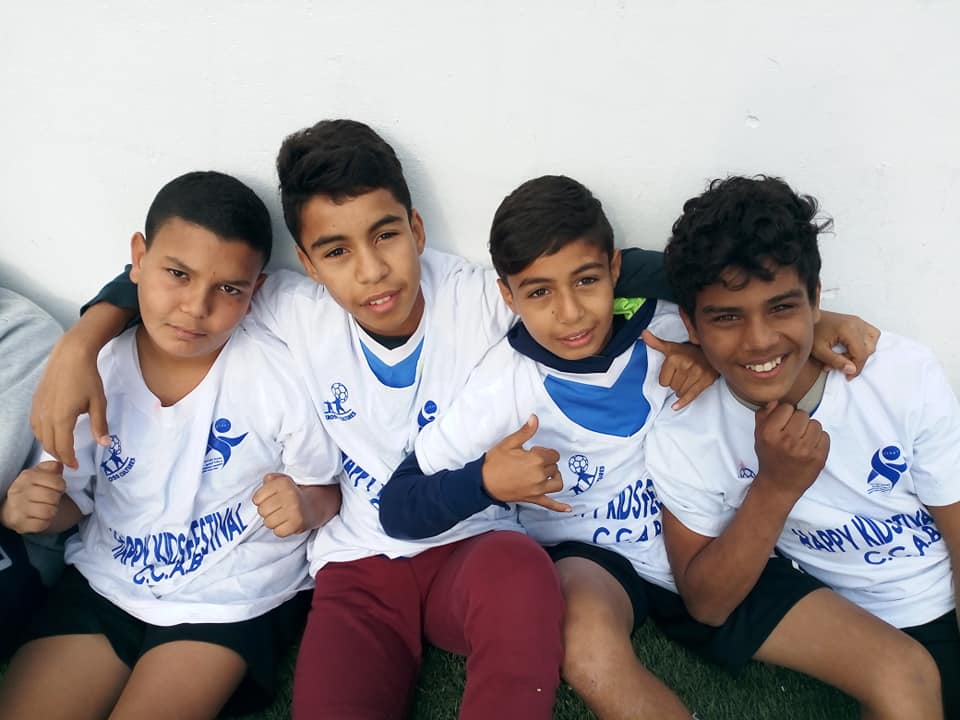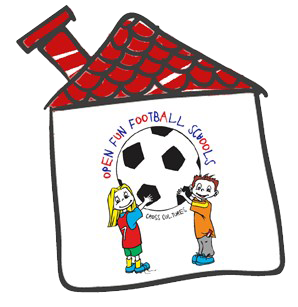Active learning environment
Active learning
Environment
Childrens football is more than football is more than teaching children to become skillful football players. It is also about EMPOWERMENT OF CHILDREN, which means that we must teach and support children to take responsibility and act for themselves and with respect of the whole (the community). Instead of taking the dignity away from the children managing them like animals or small soldiers by demanding or dictating what to do or how to do, we wish to give them strength and tools to help themselves to learn and to do things in a better way. In this way empowerment is both a bottom-up process and a goal at the same time that in our context provides the children important insights in
- Methods of learning
- Relationships
- Healthy lifestyles
- Playing football
Every child is unique. Therefore it is important for our coaches to have focus on each childs area of interest to take maximum advantage and to stimulate the childrens learning potential. Correspondingly the good childrens coach must have an eye on the WHOLE rather than only focusing on a single exercise, a single detail or a single player.
To Cross Cultres it appears not to be sufficient only to explain the position of a players standing foot. The childrens coach must simultaneously pay attention to every single child in the group and take into consideration the existence of various factors influencing the learning situation. Of course the football details are important, but they only make up a part of the WHOLE!
Hence the good childrens coach is responsible for creating an ACTIVE AND POSITIVE LEARNING ENVIRONMENT, which is a complex concept:
From the coachs perspective it includes the the totality of physical conditions, plans, curriculum, coaching materials, organizing classes, work, social relations and attitudes to learning.
From the players perspective it includes the atmosphere, social interactions, attitudes, target structure, which the players learn and experience in the classes.

Cross Cultures use to say that it is sometimes more difficult to become a good childrens coach than a skilled football coach because on one hand you need to know your “Football ABC”, but at the same time you must also have attention on the WHOLE ENVIRONMENT, YOUR COMMUNICATION and the LEARNING APPROACH and you must know how to twist a certain exercise to make it fun and adapt it to the childrens age.
To put it differently in our fun approach it is a fundamental principle that we always put the “CHILD BEFORE FOOTBALL”. Therefor you will have to focus on the WHOLE child and the WHOLE LEARNING SITUATION rather than just a specific football detail.
In order to help the coach to maintain a holistic approach in his/her training, the Cross Cultures coach is responsible to create an ACTIVE LEARNING ENVIRONMENT where every child feels confident and secure and by that open and ready to learn. The responsible leaders and the good childrens coaches must especially pay attention to three areas of concern:
The environment
The leaders and coaches must be vigilant to create a good physical, social and psychological environment on the stadium where the players feel secure and confident.
The integrated football approach
The content of training must be age-oriented and build on the specific Cross Cultures “head-heart-action-approach” or the 3-dimensional way of learning.
Communication & Cooperation
The coach must use a Child-centered approach and deliberate games as their main tool to stimulate childrens motivation to play and learn.

Physical environment
Cross Cultures place great emphasis on the
VENUE on which we organize our activities. It is very important that it is organized in a way that makes everyone feel confident and safe. We like the venue to welcome the children with open arms and therefor we often pipe it up with flags, banners, music etc. to give it a certain festive mood.
At Cross Cultures we also pay great attention to the pitch that must be clearly divided in designated areas and prepared for the players prior to the training because it always stimulates the players attention and reflects great professionalism. If the venue is prepared and ready to use, the players will automatically be curious to try out what the coach has prepared for them, maybe it is funny? On the other hand, if the players are left to wait in a corner while the coach prepare the field, they will get the impression that the organization is poor and they will start entertaining themselves. It is a general rule that poor organization affects the players attention and concentration negatively. Consequently with bad organization of the venue the coach initially has to put great effort and energy just to call the attention of the children, effort and energy that could be used much better on the games and exercises he/she had prepared for the children.
That aside, our experience also tells us that especially good mood is contagious. If one of the groups is doing well, their good humor spreads onto other groups on the pitch. If we play some music on the loudspeaker, we get an incredibly intense, engaged and festive atmosphere in which we can host up to 200 children at only one football pitch if necessary. It is all about preparations and organization. In this way the physical environment and the way we organize the pitch become a crucial issue for creating a constructive an ACTIVE LEARNING ENVIRONMENT.


Social environment
Relationship, fellowship and social life are some of the most important dimensions in sport, and our fun football activities are no different. Children enjoy playing football with their friends. Getting along with friends on and off the pitch is frequently more important that the game itself. Subsequently we have to place emphasis on the positive socializing. It is our goal to provide children with a sense of collectiveness, fellowship, trust and development, and to make them realize that the game is not only played against but also with their opponents.
One of the values that help develop the sense of collectiveness and fellowship in children is the ability to co-exist in a positive way. Everybody has the right to participate with the skills they have. Therefor in our football activities we must insist on the social dimension of our fun football activities. This, among other things, is done by INCLUDING children from all ethnic, cultural and social backgrounds and by creating an environment in which children are trained to:
- Listen to each other
- Show that they care for each other
- Make compromises with each other
- Rely on others
- Take responsibilities together with other people
It is important that the players have changing partners in the game, so that no one is left without a partner and that everyone feel part of the team. That is how a group can function ideally. At the same time, it is very important that children should not be separated from their best friends every time a new team is created.

The tast is to make the group function as a team, e.g. invent a cheer with which to begin and end each training, create some fun events for children which they will enjoy. (relay races, catching games, a cheerleader training etc.)
At the very moment, while laughing and having fun together, children open up to each other and all the barriers/resistances between them disappear and a new identity, ME & YOU, WE & THEM is formed.
Psychological environment
It is important that the coach has attention of the attitudes of the players, both as individual and as group member. How do the kids thrive? And how do they contribute to wellbeing and cohesion of the group/team?
The players attitude
- Being open-minded-CONTRA-Being closed
- Expressing feelings-CONTRA-Disapproving feelings
- Listen to and accepting feedback-CONTRA-Do not listen
- Reacting spontaneously-CONTRA-Protecting themselves
- Solving conflicts-CONTRA-Avoiding conflicts
- Trustful and honest-CONTRA-Building barriers
The group members attitude
- Deeper discussions-CONTRA-Weak discussions
- Group cooperation-CONTRA-Competition within the group
- Transparency and sharing of information-CONTRA-Hiding information
- Showing feelings-CONTRA-Suppressing feelings
- Supporting friends-CONTRA-Underestimating friends
- Responsibility and loyalty towards group goals-CONTRA-Resistance or unconcern towards group goals
- Drawing on group resources-CONTRA-To use small group ressources
- Honestly-CONTRA-Dis-honestly
